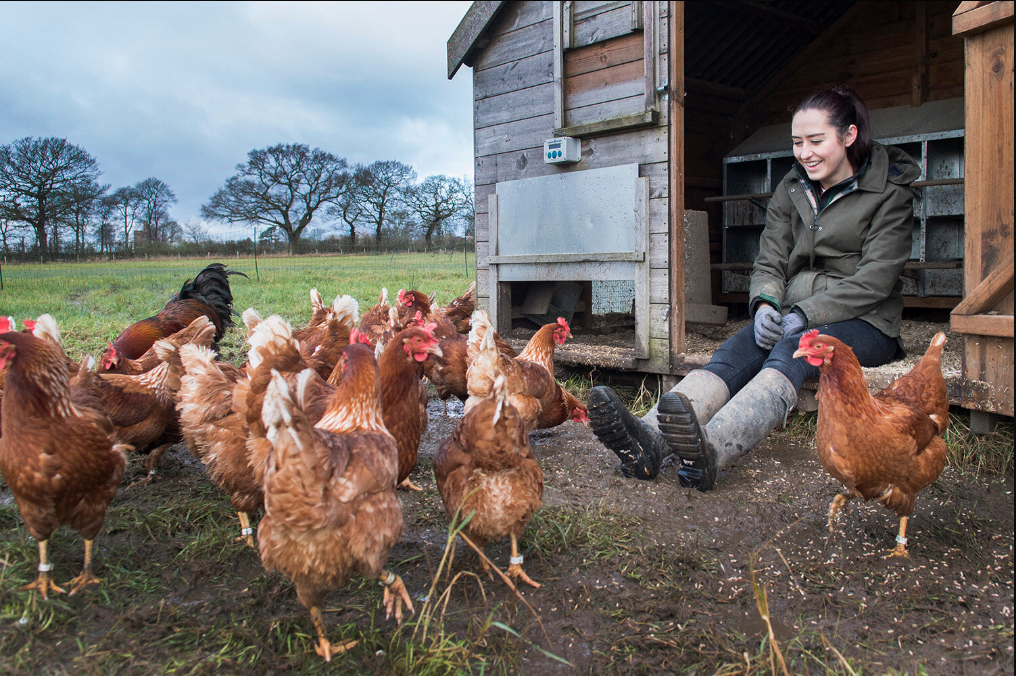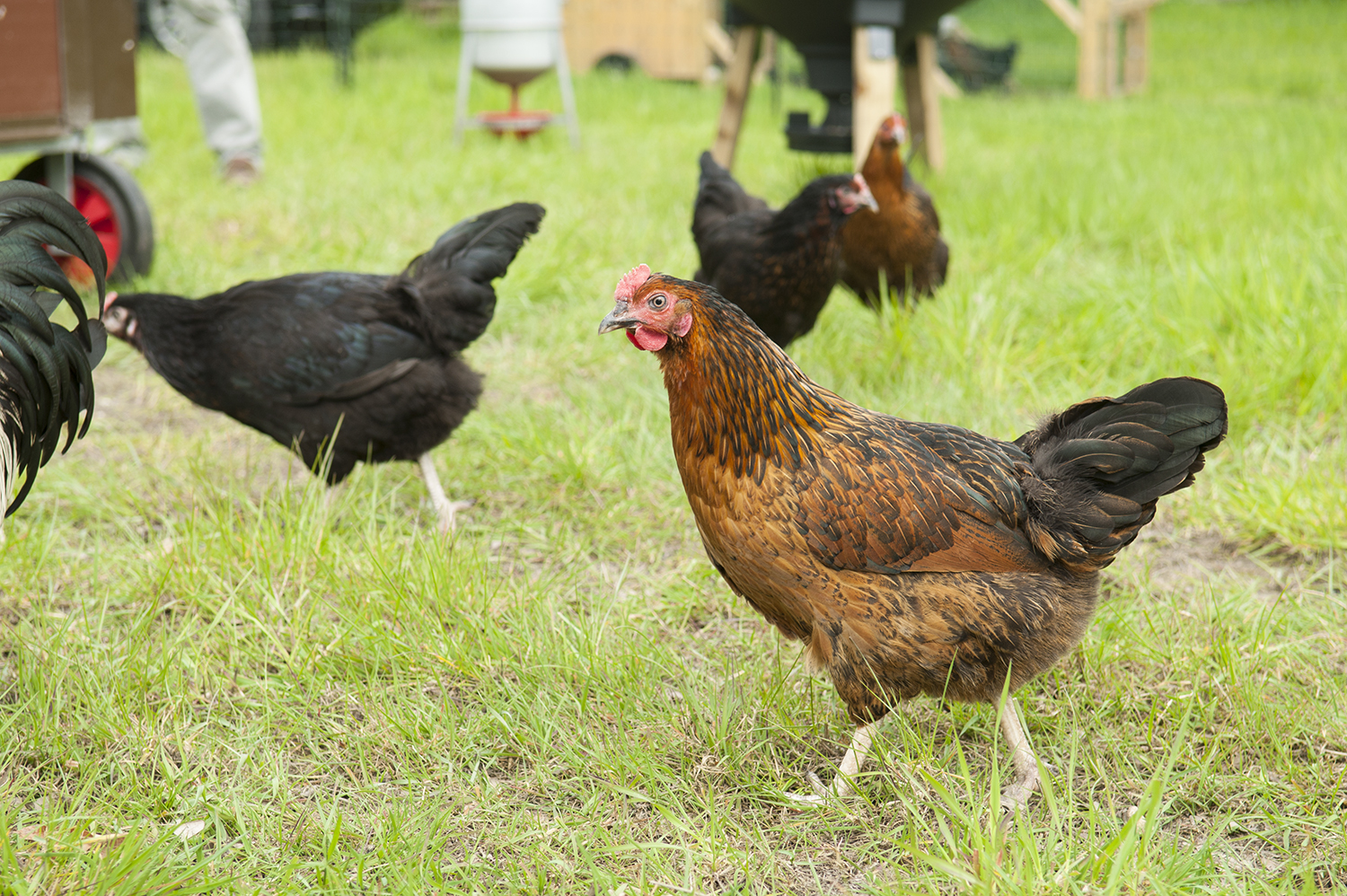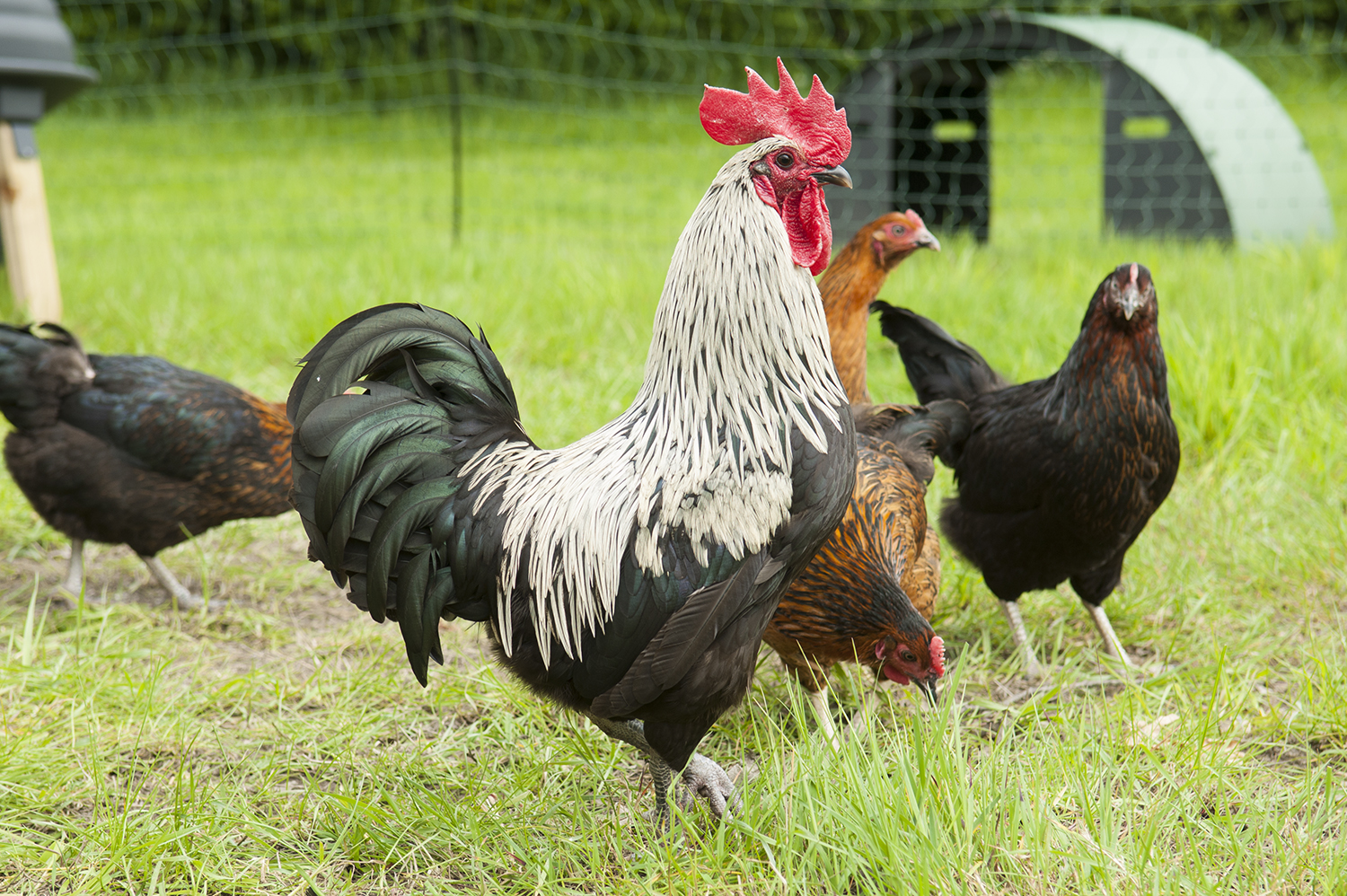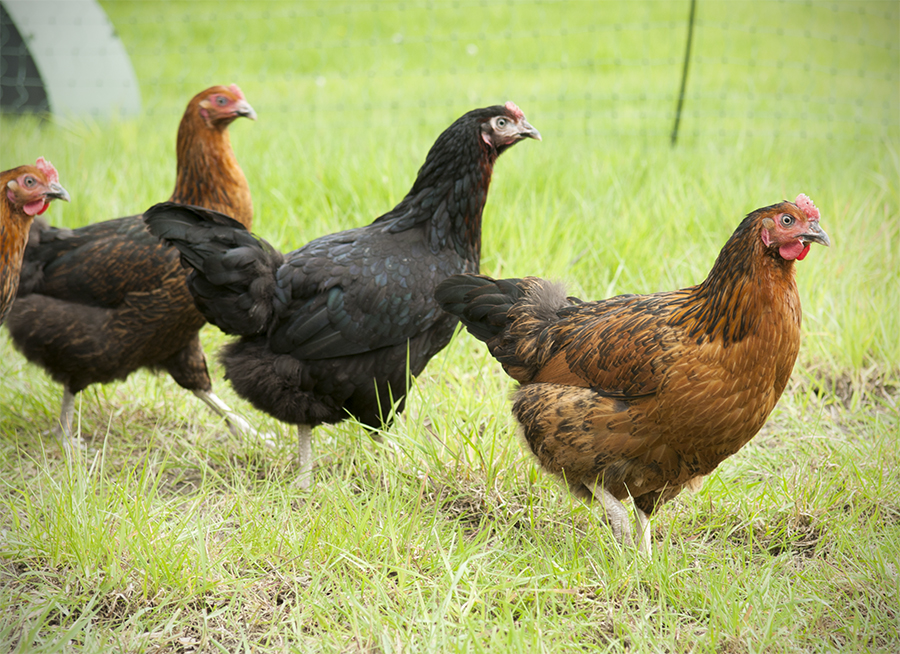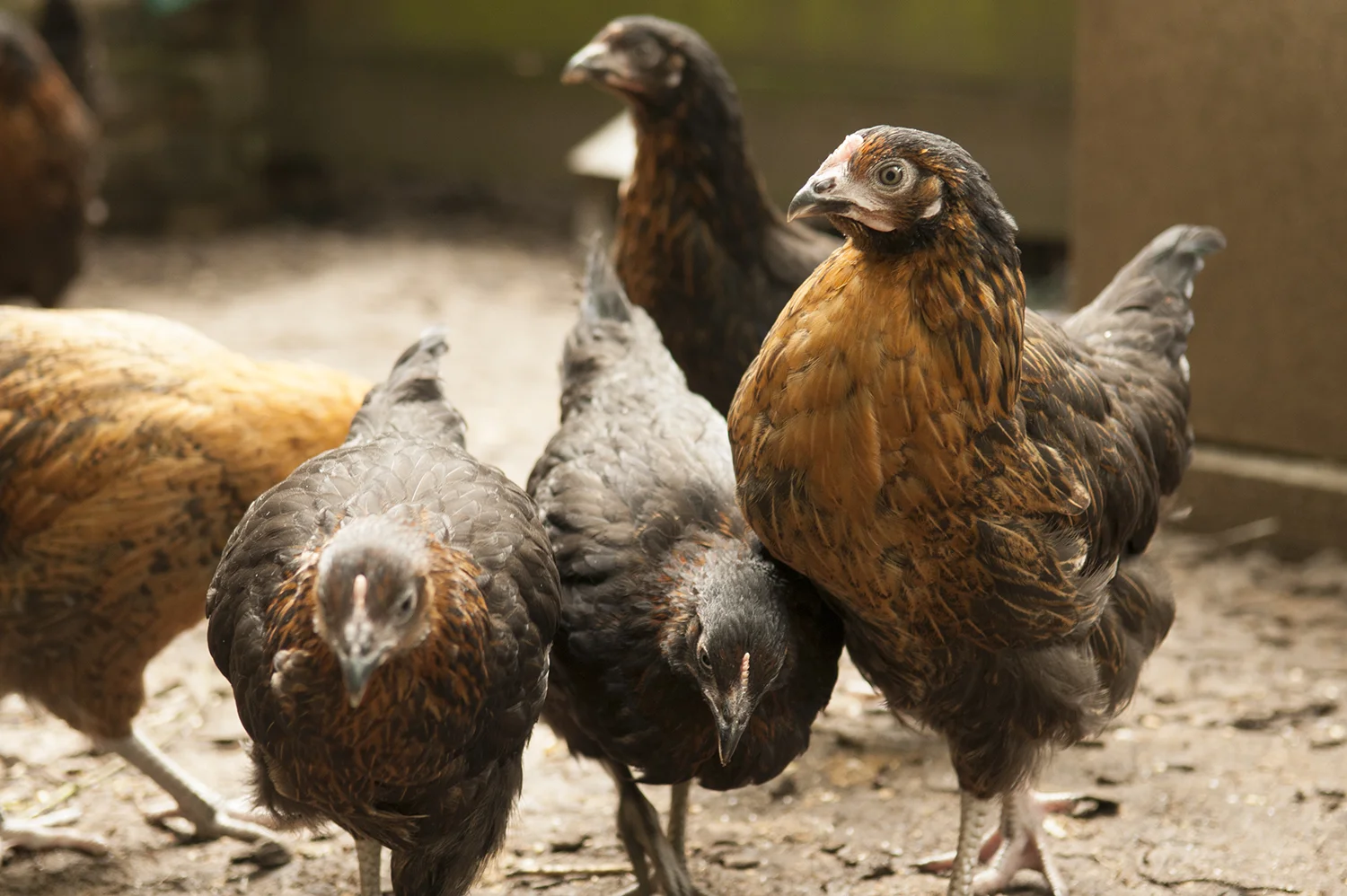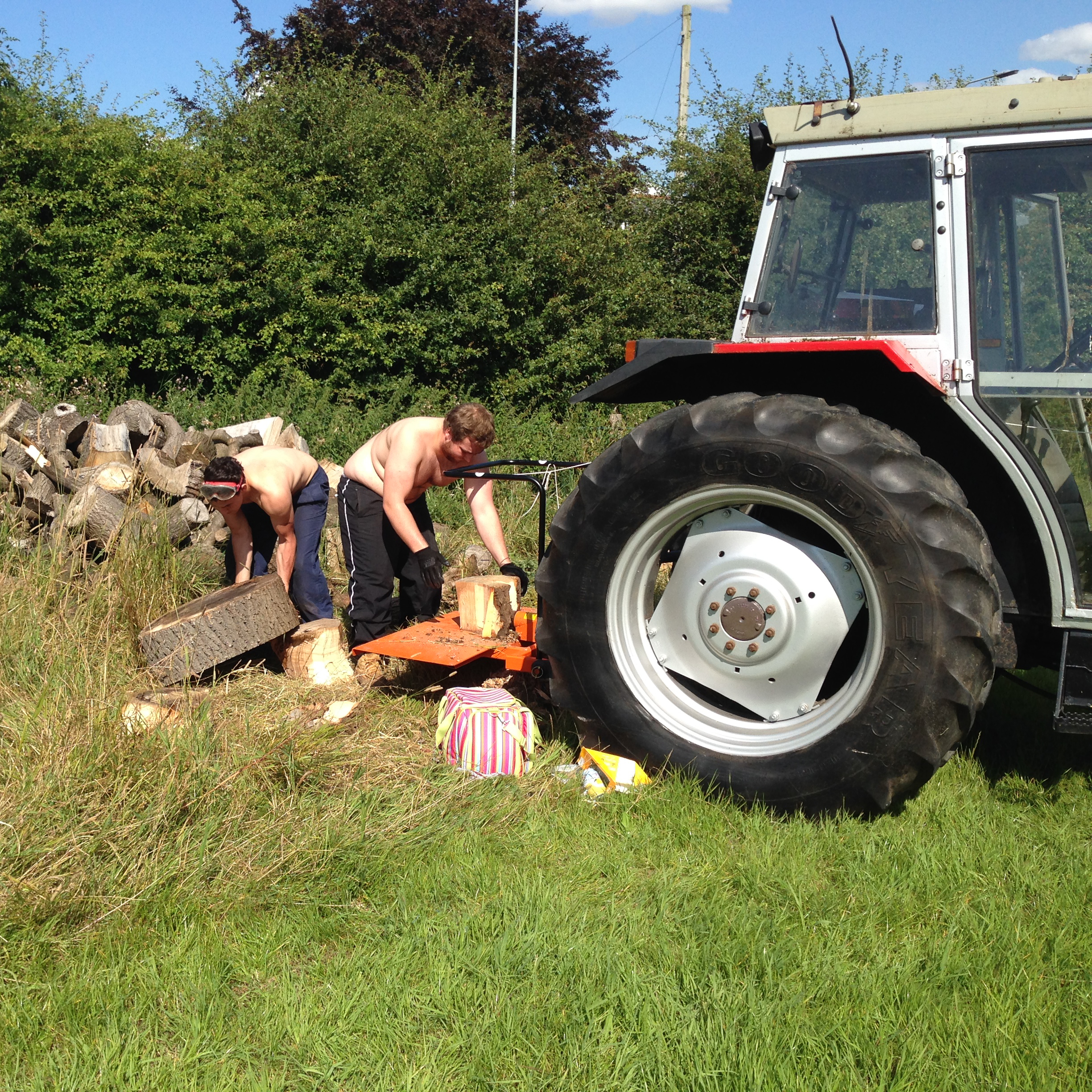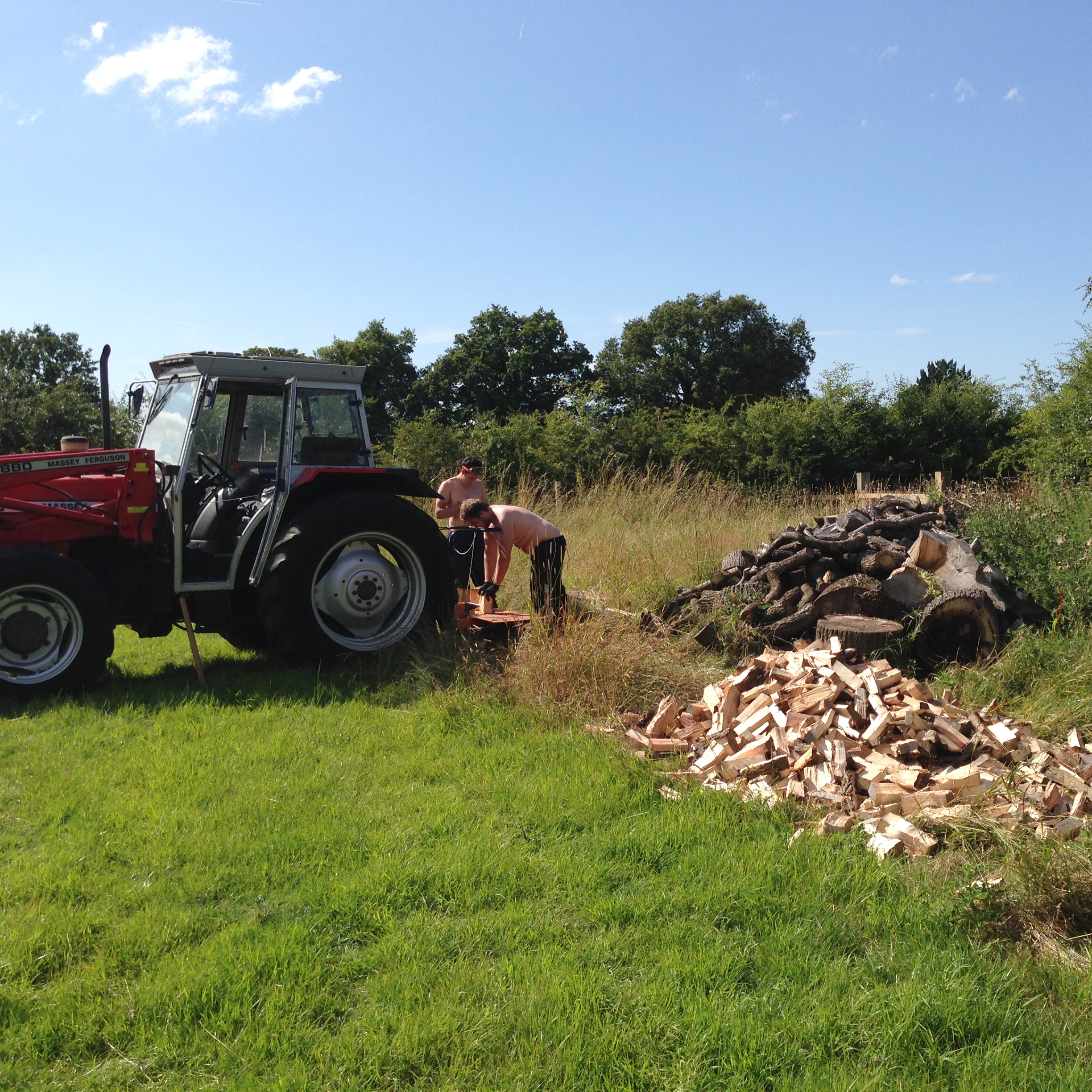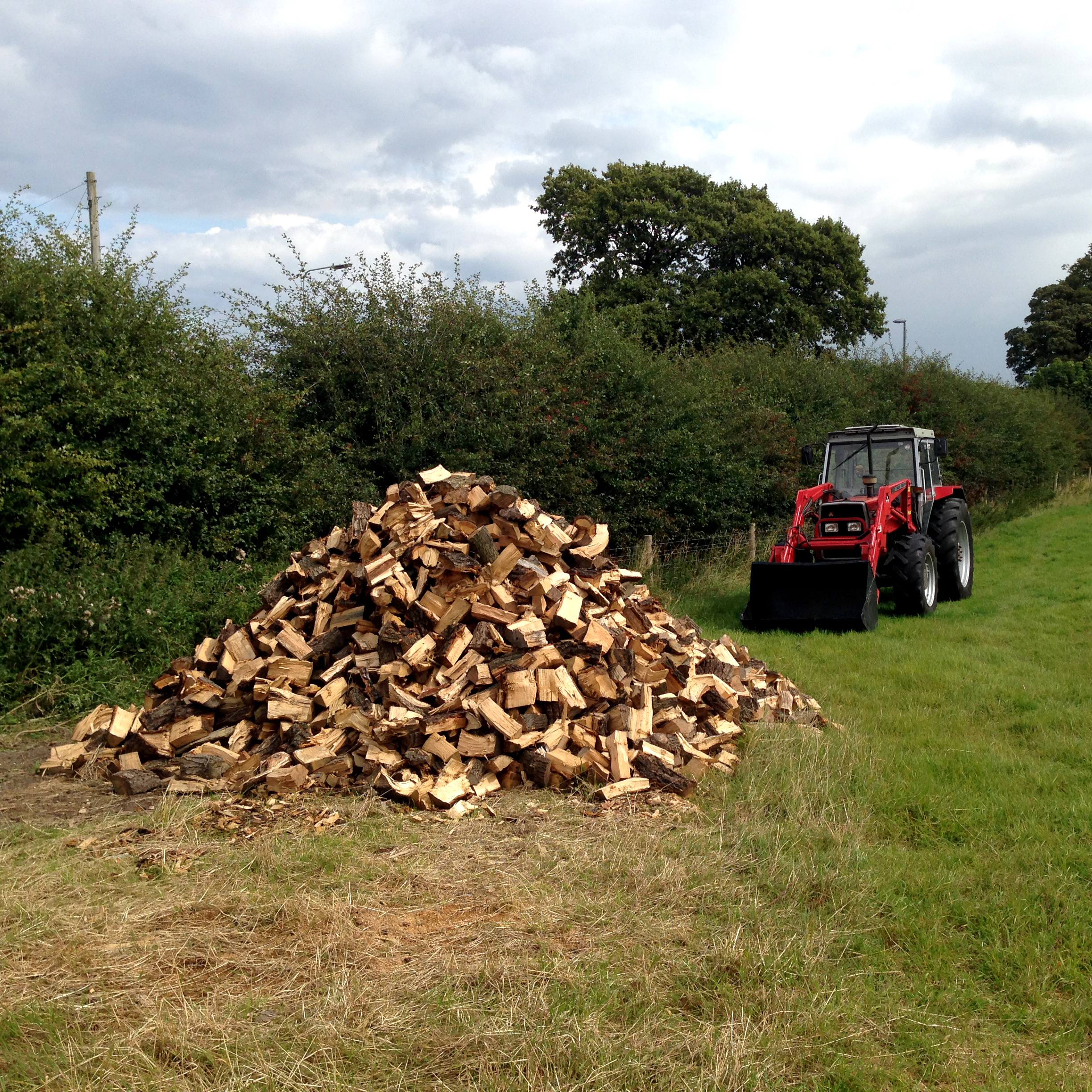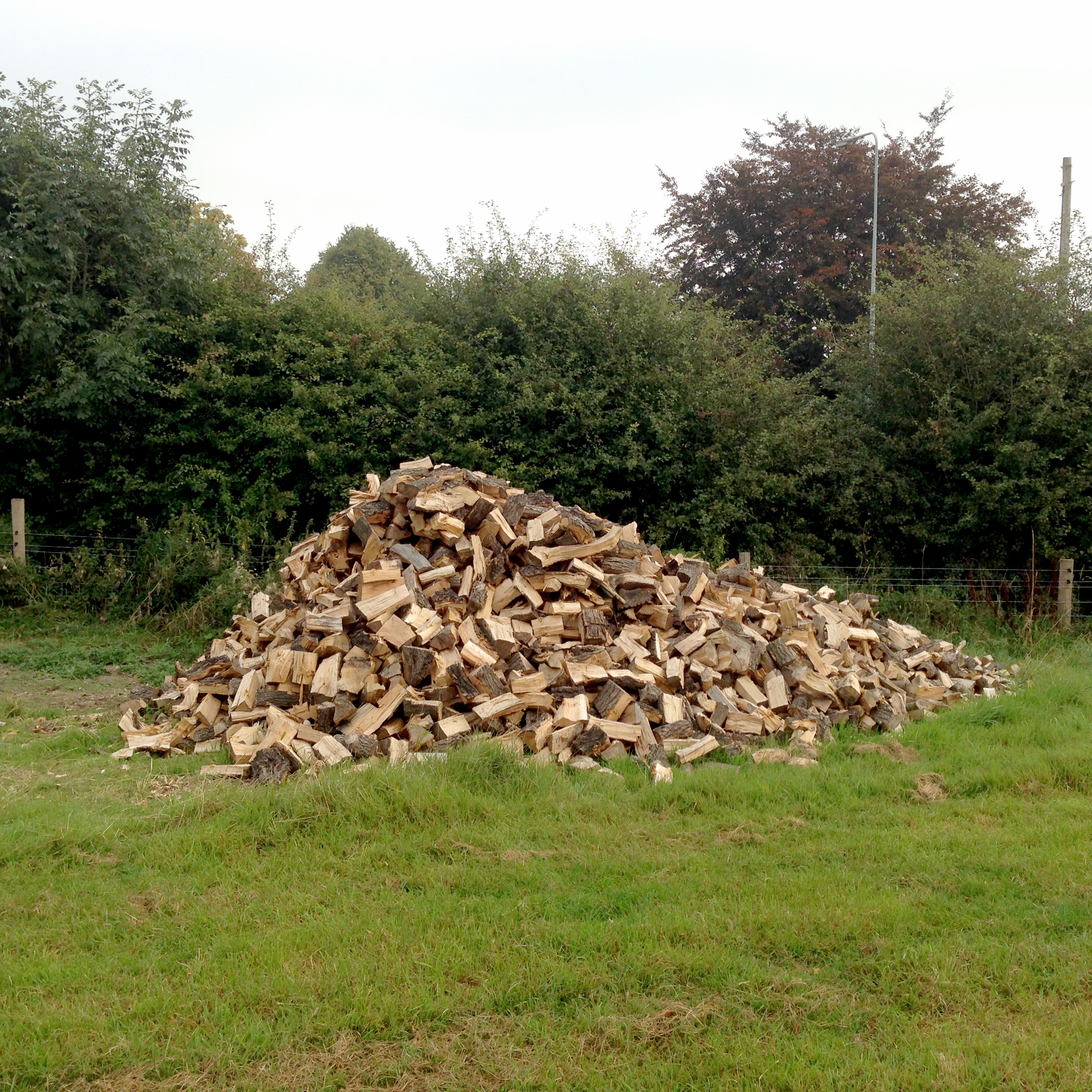My dad has become known locally as ‘The Chicken Man’ and true to his name, he’s come up with a few helpful bits of information about keeping chickens as a beginner.
The Coop –
When we first started keeping chickens at our family home, we started with the Omlet Eglu Classic Chicken Coop which was very easy to clean, easy to use and because it’s plastic, there’s no redmite! However, these runs can be a bit pricey, so a simple wooden house (ensuring It’s good quality wood) with an outdoor area for the chickens to graze is perfect.
The Run –
For healthy, happy birds they need access to the outside. You can let your chickens free roam an area or build a static run using bark chippings as a base. The larger the area, the better. Having more space to scratch and graze is always a bonus, this will keep your hens happy and lay eggs regularly. The run needs to be secure to keep out the local fox and other predators. If possible, bury the wire fencing 20cm into the ground to stop predators from digging underneath, and cover the roof of the run, for 2 reasons; this stops the birds from escaping and for their own safety from predators. At the farm, we have open runs that have an electric fence and the main house in the centre, when the birds go in at night, we use an electric door on a timer to shut and keep the birds safely inside and away from the fox, which we would highly recommend. Having the door on a timer also allows you to control your crowing cockerel, if you’ve got one.
Feeding Chickens –
Chickens need a balanced diet, not only the scraps from the kitchen. We use Hi-Peak ‘Layers Pellets’ we find that the feed allows the hens to lay really flavoursome eggs.
If you’ve got chicks, you’ll need to purchase a chick crumb until the chicks are about 6-8 weeks old and then follow with growers pellets until the birds are full size and about 4 weeks off laying. Then move onto the layers pellets. Please read the food carefully, the packaging will tell you when to move onto the various types of feed, this may vary for different brands.
Remember to add multiple feeders for your flock, with the pecking order in place, the birds at the lower end may find it hard to get to the feed if the other birds can stop them.
Water –
Water containers (also called drinkers) need to keep water clean and free of droppings. They shouldn’t tip over easily and should be easy for you to clean out daily or at least every-other day. Drinkers should store enough water to last all day with some spare capacity for hot days. The most important factor though is that they should always have fresh water available and there should again be enough drinkers available for the birds at the bottom of the pecking order which may mean providing two water containers in different places.
Choosing your birds –
Picking the birds is definitely the hardest part. Hybrid hens are usually better for beginners, they are usually vaccinated, lay better than pure breeds, are friendly and aren’t too flighty. If you’re wanting pure breeds, then keep in mind that you may have to travel and if you’re looking at rare breeds then please get in contact at kirk@higheroakfarm.co.uk Where Kirk will help you as much as he can on choosing the right bird for you.
Think about what you want your chickens for. You don’t need a cockerel for a hen to lay eggs, cockerels can make a lot of noise which might not put you in good stead with your neighbours! Think about the size of the birds and the amount of space you have for your birds. It’s advised that you buy all your birds from one breeder where the hens have been living together to avoid pecking and fighting to begin with. However, it’s not the end of the world if you don’t buy them from one place, as long as you’re prepared for a few scraps while they figure out the pecking order, but after a few days, there should be no problems!
Finally, have fun and enjoy your hens, they are incredibly rewarding and each have their own individual characters.




